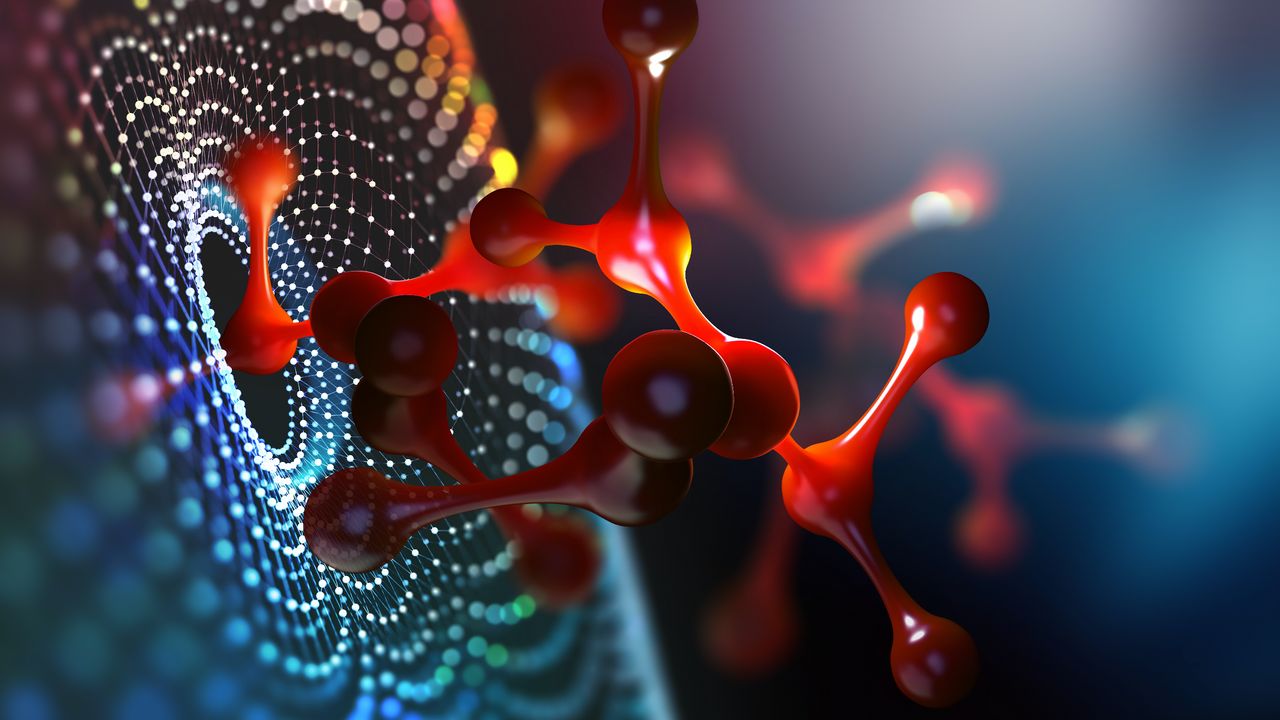Memotype, Phenotype, Genotype

‘’You are not a brain running a body by switching on hormones. Nor are you a body running a genoma by switching on hormone receptors. Nor are you a genome running a brain switching on genes that switch hormones. Yu are all at once.’’
These are Matt Ridley’s words.
I think, if we can really really understand what these words mean, we will get what humans are all about.
And if you add human psychology, thoughts, emotions into the picture, it gets really complicated. So lets stick to our biology for today.
Understanding the interrelationship between phylogeny or our developmental control genes and the evolution of our morphological features is a central goal of evolutionary development biology.
Our memo-type or ‘’memome’’ correlates with our phenotype or ‘’phenome’’ which correlates with our genotype of 6 billion base pair ‘’geome’’:
All states of health and disease have a memetic, phonetic and genetic base.
Our aging process is determined by our memes, phones and genes.
We have birth, growth and death, decay memes, phones and genes.
Our aging brings bidirectional changes in our gene expression and single neuron signaling imbalances. Some of our gene expressions go up, some go down.
And aging as most people think is not uniform. It has its own rhythms. We have several organ specific aging clocks in our system that generally work together and govern our aging.
Dying human cells due to apoptosis play a vital role in the regulation of biting new cells through mitotic growth.
These dying cells release signal molecules or hormones, like some plants release auxin molecules, to initiate mitosis. And mitosis in turn regulates complimentary opposite signal molecules, apoptosis.
Birth, growth and death and decay are inevitable.
All cells age. They born, grow and when they die when they stop growing.
So called ‘’harmful’’ waste products in our cells actually give life to new daughter cells. Of course they cause your cells to age and die but also produce rejuvenated daughter cells by asymmetric cell divisions in which one cell receives most of the waste products and is doomed, while the other is wiped clean and remains alive.
What an incredible process!
And when you think of this scenario also occurring in growing human families with their complementary opposite offspring, its bazaar!
The ongoing process of growing human societies with their complementary opposite polarities…
Specific stretches of DNA control the development of unique human characteristics. These stretches of DNA evolve much more quickly than others and are crucial to our human ancestors becoming distinct from other, mostly our close relatives.
These stretches are called human accelerated regions, or HARs, because they mutate quite fast.
The majority of HARs don’t appear to endow specific genes, instead they act as ‘’enhancers’’ controlling when or for how long certain genes were swithed on during embryonic development.
‘’Your healthy cells are instructed to kill themselves. Apoptosis or programmed cell death, is necessary for your proper tissue and organ development. It also plays a role in many of your diseases. Your body uses cell suicide in immune cell development and function for removing your unnecessary or damaged cells. ‘’Malfunction’’ of your cell-death genes resulting in excessive apoptosis is a hallmark f a umber of ‘diseases.’ Some autoimmune diseases and cancer are characterized by a reduction in your cell death. Your cell death is necessary for your embryonic development and brain development. You as an embryo and fetus produced a huge number of cells. But even you as an adult human forms more than a thousand billion cells each day. And as your cells are created, an equal number of your cells die through cell suicide, both in your fetal stage and in your adult. Maintaining the appropriate number of cells in your tissues requires a fine tuned balance between cell division and cell death. Your cell death is controlled by a particular set of death genes (ced-3, ced-4, ced-9, nuc-1). Your cell death is an integral part of your cell differentiation along your cell lineage. Your phagocytes also play a roll in helping cells die. Certain neurohormones and neurotransmitters signal cell wall receptors and second messengers to genetically turn on and turn off your cell death.’’
Lawrence K. Altman
The Newyork Times
Oct 8, 2002

